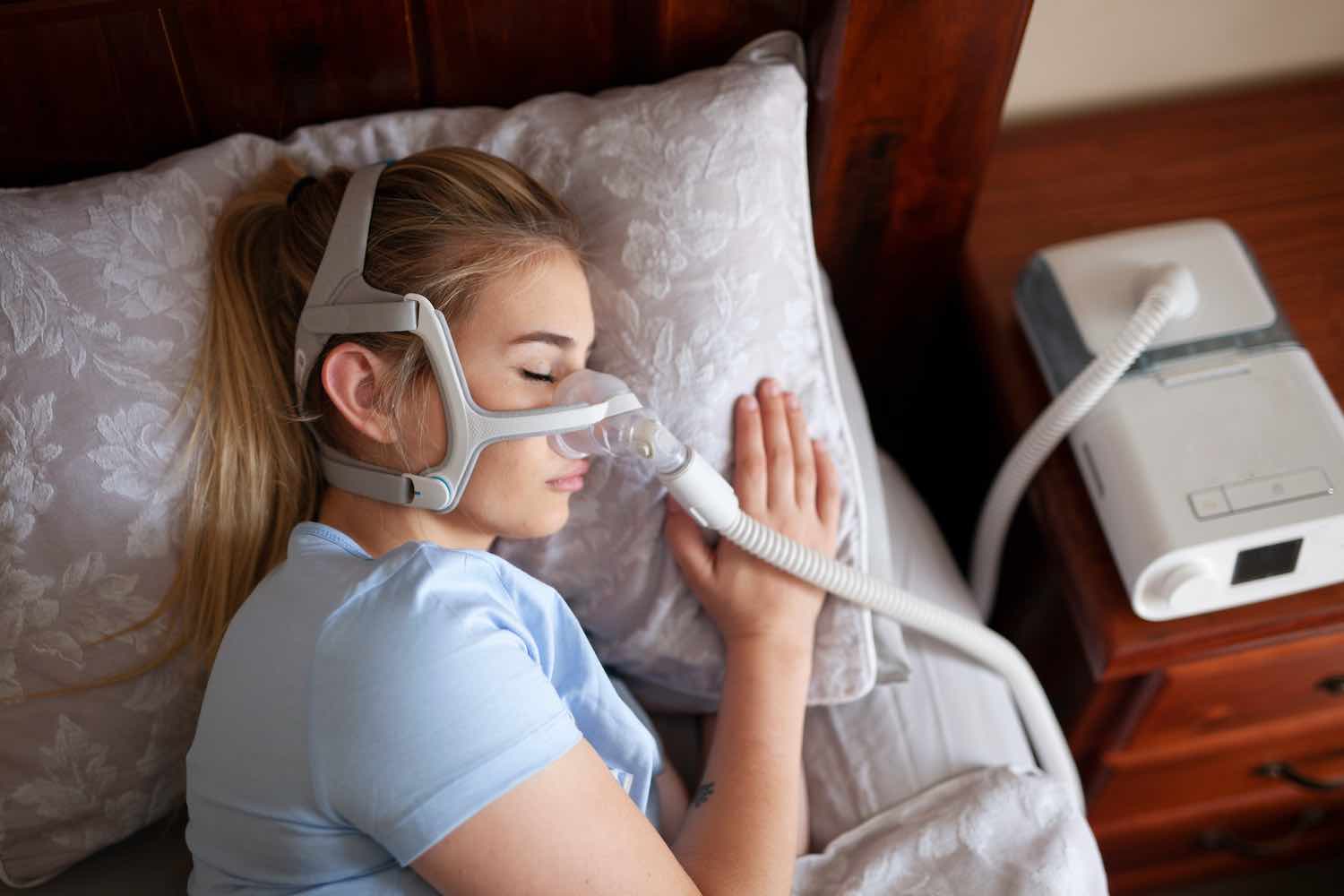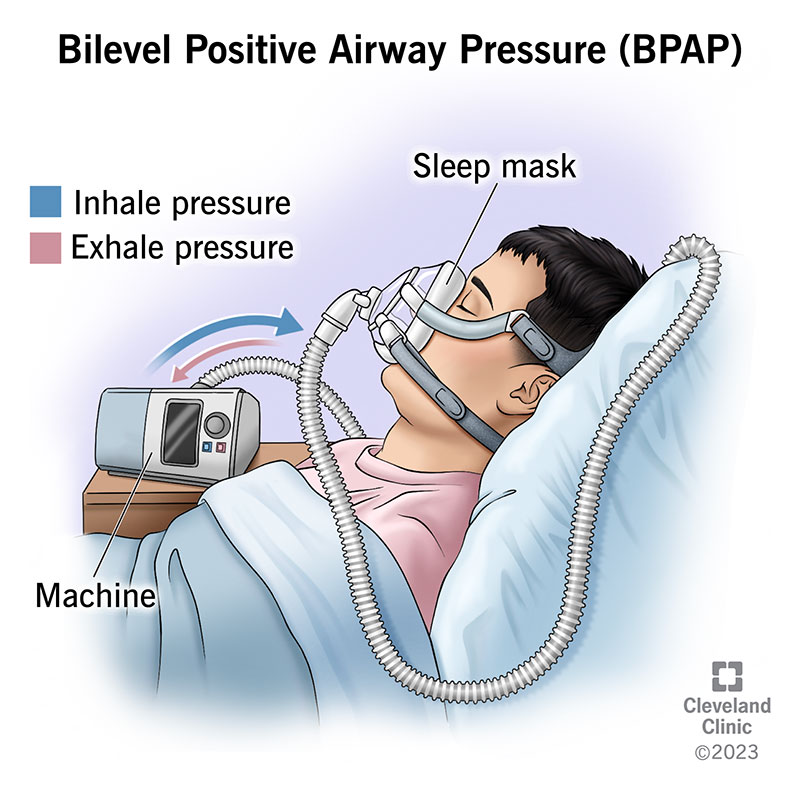BiPAP Rental: High-Quality Gadgets for Rest Apnea Alleviation
BiPAP Rental: High-Quality Gadgets for Rest Apnea Alleviation
Blog Article
Bipap vs. CPAP: Which Is the very best for Your Rest Condition?
When browsing the complexities of sleep problems, the selection between BiPAP and CPAP treatment is a crucial factor to consider. While CPAP gives a stable air movement suitable for obstructive sleep apnea, BiPAP's twin pressure setups might boost convenience for those with even more intricate respiratory problems.
Recognizing Rest Disorders
Rest conditions encompass a variety of conditions that interfere with regular sleep patterns, affecting both the top quality and period of remainder. These conditions can manifest in different types, including insomnia, sleep apnea, narcolepsy, troubled leg disorder, and parasomnias. Each problem offers one-of-a-kind difficulties, frequently resulting in significant daytime fatigue, cognitive disability, and psychological disruptions.
Insomnia is defined by difficulty falling or staying asleep, while rest apnea includes duplicated disturbances in breathing during sleep, often causing fragmented rest. Narcolepsy, on the other hand, is noted by extreme daytime drowsiness and unexpected rest attacks. Uneasy leg disorder causes unpleasant feelings in the legs, prompting an unmanageable urge to move them, which can additionally impede the capacity to sleep.
The impact of sleep disorders prolongs past private health and wellness, affecting overall performance, partnerships, and quality of life. Recognizing the details nature of each condition is critical for effective diagnosis and treatment. As sleep health and wellness comes to be increasingly acknowledged as an important part of general health, addressing these problems is crucial for improving both rest quality and everyday functioning.
Just How CPAP Functions
Continuous Favorable Air Passage Pressure (CPAP) treatment is regularly utilized as a key therapy for obstructive sleep apnea (OSA) The device of CPAP involves making use of a machine that provides a constant stream of air through a mask put on during rest. This airflow preserves favorable stress in the air passage, stopping the collapse or obstruction of the throat that can happen throughout rest.
When a patient takes a breath in, the CPAP machine provides a constant circulation of air, guaranteeing that the airway continues to be open - BiPAP Rental. This not only relieves the signs and symptoms of OSA, such as snoring and disrupted sleep patterns, but additionally minimizes the connected wellness risks, including cardio difficulties and daytime tiredness
The stress settings on a CPAP equipment can be tailored to fulfill specific client requirements, frequently figured out with a sleep research study. On the whole, CPAP treatment has actually been revealed to significantly improve the high quality of rest and overall health and wellness for people experiencing from obstructive sleep apnea.
How BiPAP Functions
BiPAP, or Bilevel Favorable Airway Pressure, is a customized type of non-invasive ventilation that is especially helpful for people with conditions such as complicated sleep apnea or respiratory problems. Unlike CPAP, which provides a constant stream of air at a single stress, BiPAP supplies 2 distinct pressure setups: a higher inspiratory pressure for inhalation and a lower expiratory stress for exhalation. This dual-pressure approach allows his comment is here for simpler breathing, lowering the initiative called for during exhalation.
The device runs with a mask fitted over the nose or mouth, attached to an equipment that produces air stress. When the patient breathes in, the equipment delivers the greater pressure to help with air movement, guaranteeing that the respiratory tract continues to be open. Upon exhalation, the machine automatically minimizes the stress, making it much more comfy for the client to take a breath out.

Secret Distinctions Between BiPAP and CPAP

In comparison, BiPAP (Bilevel Favorable Airway Pressure) offers 2 different pressure settings: one for inhalation and a reduced one for exhalation. This dual pressure system this contact form permits even more comfy breathing, specifically for patients who have problem with exhaling against a continual stress. BiPAP is frequently recommended for clients with complex rest apnea, persistent obstructive pulmonary condition (COPD), or those that require extra assistance during rest.
In addition, the intricacy of BiPAP devices normally results in a greater expense and needs much more careful titration than CPAP. BiPAP Rental. Understanding these essential distinctions can assist in acknowledging which device might be extra ideal for details rest conditions, establishing the foundation for educated therapy decisions
Selecting the Right Treatment
Exactly how can one establish the most ideal treatment for handling rest conditions? The choice in between BiPAP and CPAP treatment largely depends upon the specific qualities of the sleep disorder, the patient's total health, and their convenience with the device. CPAP, which supplies a continual stream of air, is frequently prescribed for obstructive rest apnea (OSA) It keeps an open respiratory tract during sleep, effectively avoiding hypopneas and apneas.
Conversely, BiPAP supplies 2 degrees of pressure: one for inhalation and a lower one for exhalation. This double pressure system is helpful for people with complex sleep apnea or those that experience difficulty exhaling against a continuous pressure. Furthermore, BiPAP is commonly recommended for individuals with respiratory conditions, such as chronic obstructive pulmonary disease (COPD), Find Out More where differing stress settings can boost comfort and conformity.
Ultimately, a comprehensive analysis by a rest specialist, consisting of a rest research study, can assist identify which treatment straightens best with the patient's requirements. Elements such as convenience, ease of use, and particular medical conditions need to also be thought about to maximize therapy end results.
Verdict
In summary, both BiPAP and CPAP serve distinct functions in the administration of rest disorders. CPAP is efficient for obstructive sleep apnea via regular air flow, while BiPAP supplies twin pressure setups that boost convenience for those with complicated rest apnea or respiratory issues. The selection in between these treatments ought to be directed by individual needs and problems, requiring a comprehensive assessment by a rest professional to make sure ideal treatment outcomes and enhanced quality of rest.

Overall, CPAP treatment has been revealed to considerably enhance the high quality of sleep and total health for individuals experiencing from obstructive rest apnea.
BiPAP is typically advised for patients with complicated rest apnea, chronic obstructive lung condition (COPD), or those who call for added support throughout rest.
CPAP is effective for obstructive sleep apnea through consistent airflow, while BiPAP uses twin pressure setups that improve comfort for those with complicated sleep apnea or respiratory system issues.
Report this page